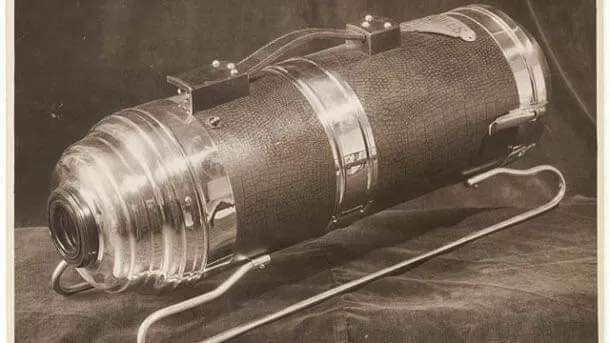In the 1930s, a vacuum cleaner known as the Hercules was considered a cutting-edge appliance. This particular model, with its flask-like appearance and crocodile skin covering, was a luxury item, especially during the economic struggles of the Great Depression. It’s fascinating to think about how such an innovative product at that time is vastly different from the cleaning technologies we use today. For example, as I write, I’m watching my Roomba® autonomously clean the floor, a task once performed by a machine as elaborate as the Hercules.
The journey of vacuum cleaners began long before the Hercules. The humble broom wasn’t perfected until 1797…………..
he journey of vacuum cleaners began long before the Hercules. The humble broom wasn’t perfected until 1797 by a Massachusetts farmer who was inspired by his wife’s struggles with sweeping. As years passed and people sought more convenient solutions, the evolution of cleaning tools continued.
Daniel Hess, in the 1860s, created what is considered the first real vacuum cleaner, which operated by drawing dust through the machine using air. Ives McGaffey’s design in 1869 aimed to further improve the concept, but it proved to be more cumbersome than traditional brooms.
The significant breakthrough in vacuum cleaner technology came from James Murray Spangler, a janitor in Canton, Ohio. In 1907, after much effort and sacrifice, he patented an innovative design that was both upright and portable, featuring a ceiling fan motor, paddle blades for airflow, a leather belt, and a motor-driven rotating brush. This machine effectively sucked up dirt and expelled it into an attached pillowcase.
Spangler’s invention laid the groundwork for the modern vacuum cleaner. However, facing financial difficulties, he sold his company to his cousin, Susan Hoover, marking the birth of the renowned Hoover brand.
Continue Reading in next page

